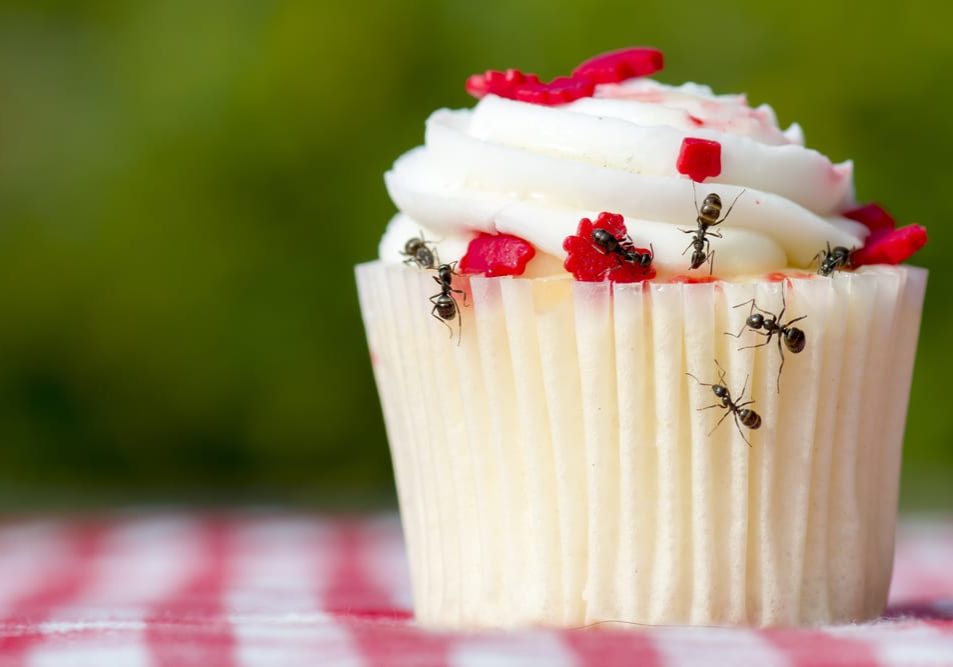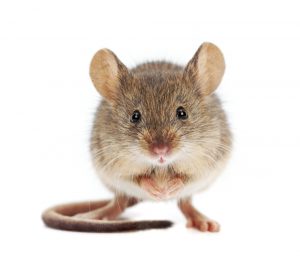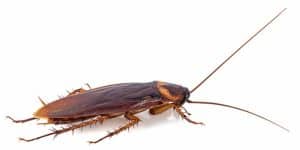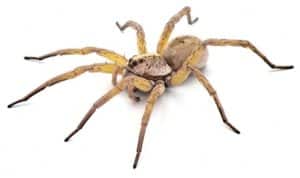Introduction
As the winter season approaches, many homeowners relish the thought of cozy nights by the fireplace, hot cocoa, and holiday festivities. However, while we embrace the chilly weather and make indoor plans, pests are also adapting to the changing environment. Understanding how winter weather affects pest behavior is crucial for homeowners to prepare their homes for potential invasions and protect their living spaces during the colder months. In this blog post, we will explore the behavior of common pests in winter, the signs of infestations to watch for, and effective prevention strategies to keep your home pest-free.
Overview of Pest Behavior in Winter
Winter brings significant changes to the environment, prompting various pests to alter their behavior. Here are some common patterns we can expect:
Overall, winter can be both a retreat and a challenge for pests, creating opportunities for homeowners to stay proactive in pest prevention.

Common Pests to Expect in Winter
During the winter months, several pests may become more active or invade homes seeking comfort from the cold. Here are some common pests to be mindful of:
- Behavior: Rodents tend to seek warmth and shelter indoors, making attics, basements, and garages prime locations for infestations.
- Signs: Look for droppings, gnaw marks, and nests made from shredded materials.

- Behavior: Cockroaches are resilient creatures that can withstand colder temperatures and are often found in warmer, humid areas of the home.
- Signs: Signs of infestation include droppings resembling coffee grounds and a musty odor.

- Behavior: Some ant species go dormant during winter, while others maintain activity indoors, foraging for food.
- Signs: Look for trails of ants and small nests in secluded areas of your home.

- Behavior: Many spiders seek shelter in homes during winter. They typically remain inactive and can lay eggs in hidden spots.
- Signs: You may notice webs in places like corners, basements, and attics.

By staying informed about these common winter pests, homeowners can take steps to mitigate infestations before they escalate.
Prevention Strategies for Winter Pests
To minimize the risk of pest invasions during winter, homeowners can implement effective prevention strategies. Here are practical tips:
- Inspect Your Home: Regularly check for gaps, cracks, and openings around windows, doors, and utility lines.
- Seal Cracks: Use caulk or weather stripping to seal these entry points, preventing pests from finding their way inside.

Implementing these strategies will significantly reduce the risk of winter pests making their way into your home.
Dealing with Winter Pest Issues
If pests do manage to invade your home during the winter, here are steps you can take:
1. Assessing the Extent of the Infestation
- Investigate: Determine what type of pest you’re dealing with and the severity of the infestation.
- Document Evidence: Take note of signs and locations, which can help professionals if you need to call for help.
2. DIY Pest Control Methods vs. Professional Help
- DIY Methods: For minor pest issues, consider traps or natural repellents to manage the problem. Always follow manufacturer guidelines for safe use.
- Consulting Professionals: If the situation appears extensive or overwhelming, don’t hesitate to contact a pest control service for assistance. They have the expertise and resources to handle infestations safely and effectively.
3. Importance of Prompt Action
- Take Immediate Action: The earlier you address a pest problem, the better chance you have of preventing a larger invasion.
- Create a Pest Control Plan: Look at your current preventive measures and adjust them as necessary based on your findings.
At Emtec Pest Control, we are committed to safe and responsible pest control. We understand that your family’s safety is your number one priority, so we make it our priority, too.
If you have any other questions about any of these pests or pest control for your home or business, contact your Oklahoma pest control experts at Emtec Pest Control by calling us or by filling out our online contact form.
